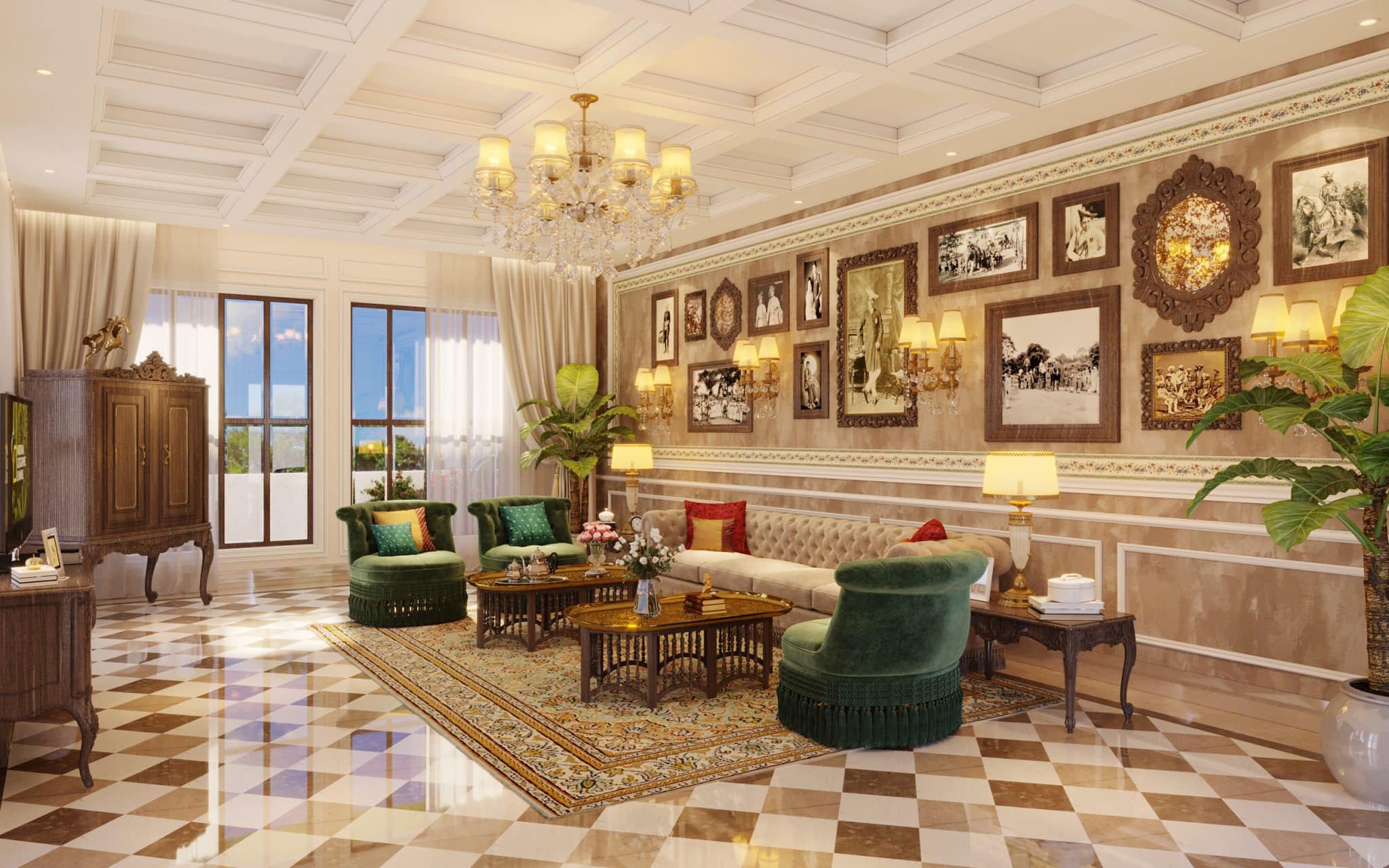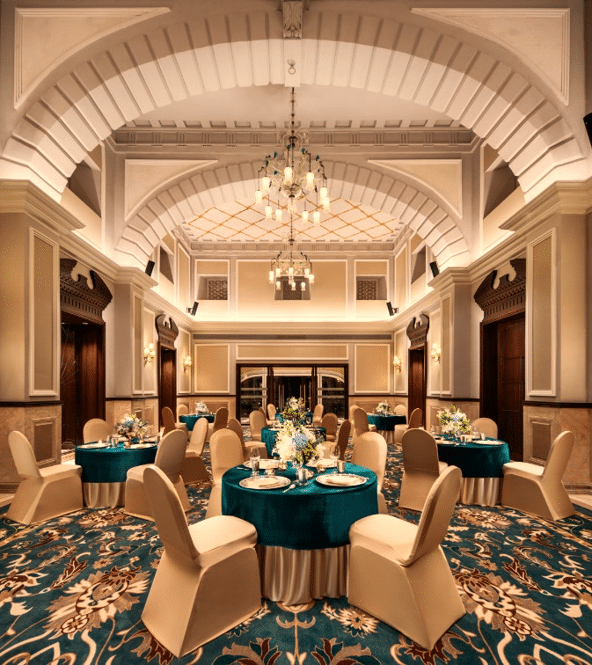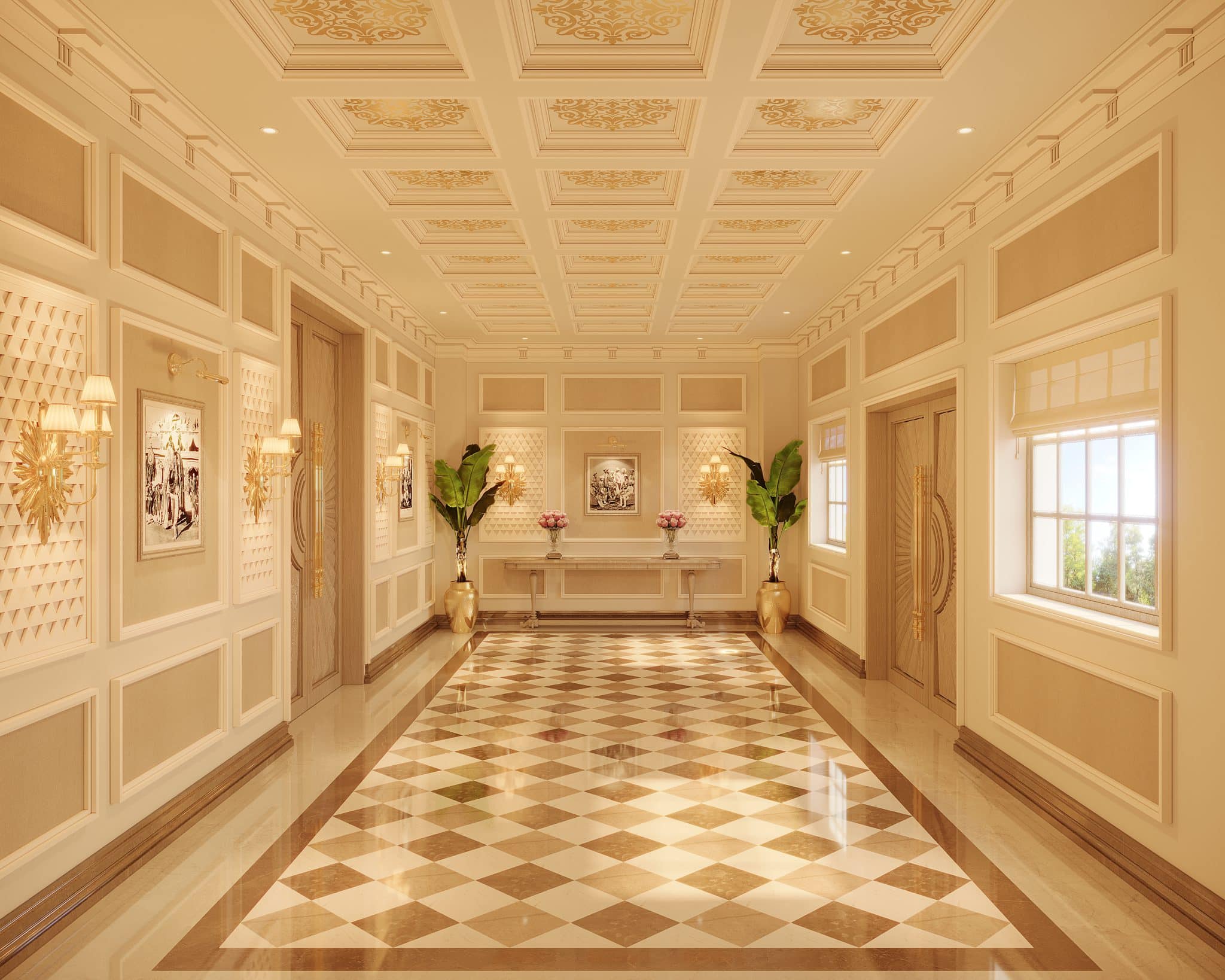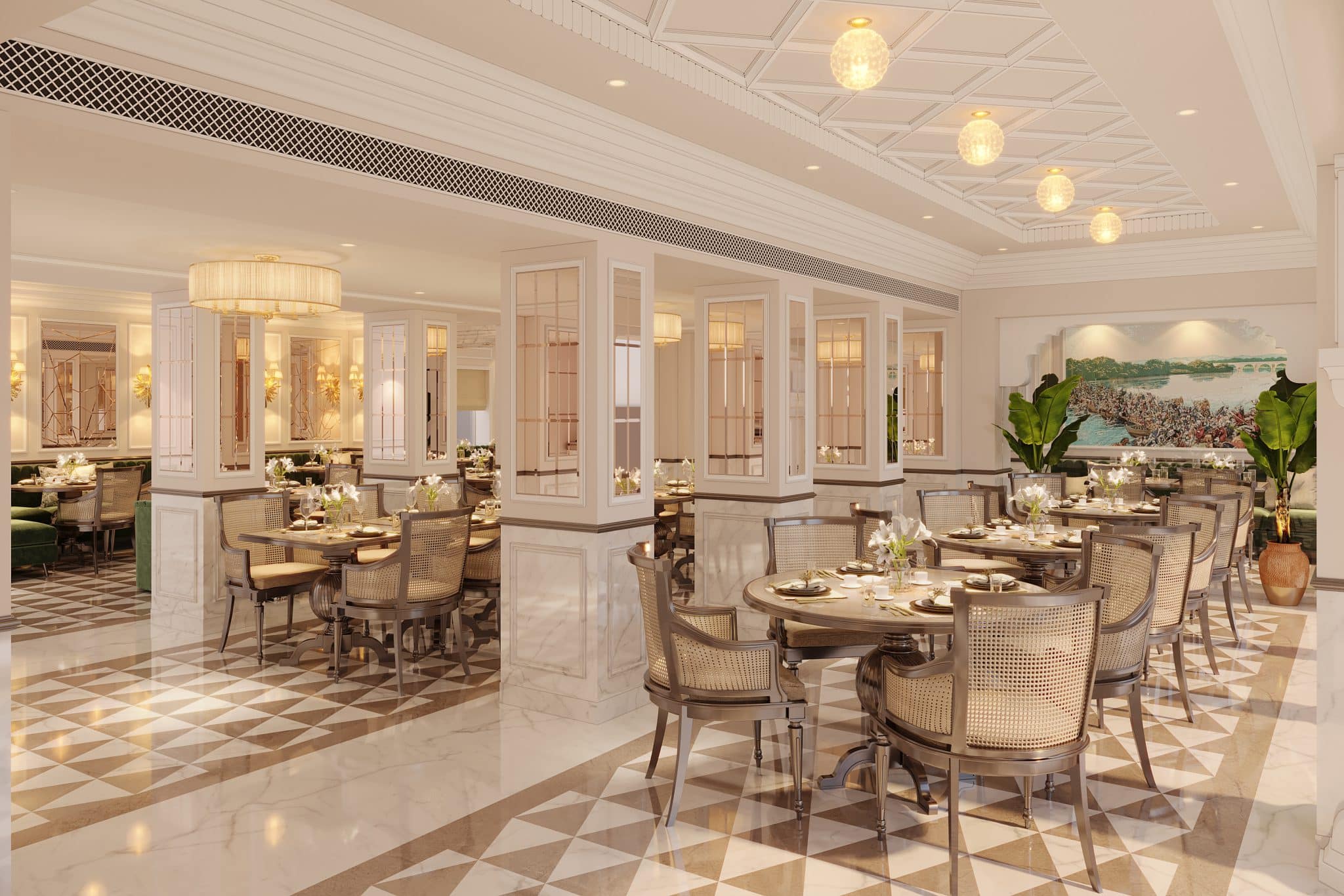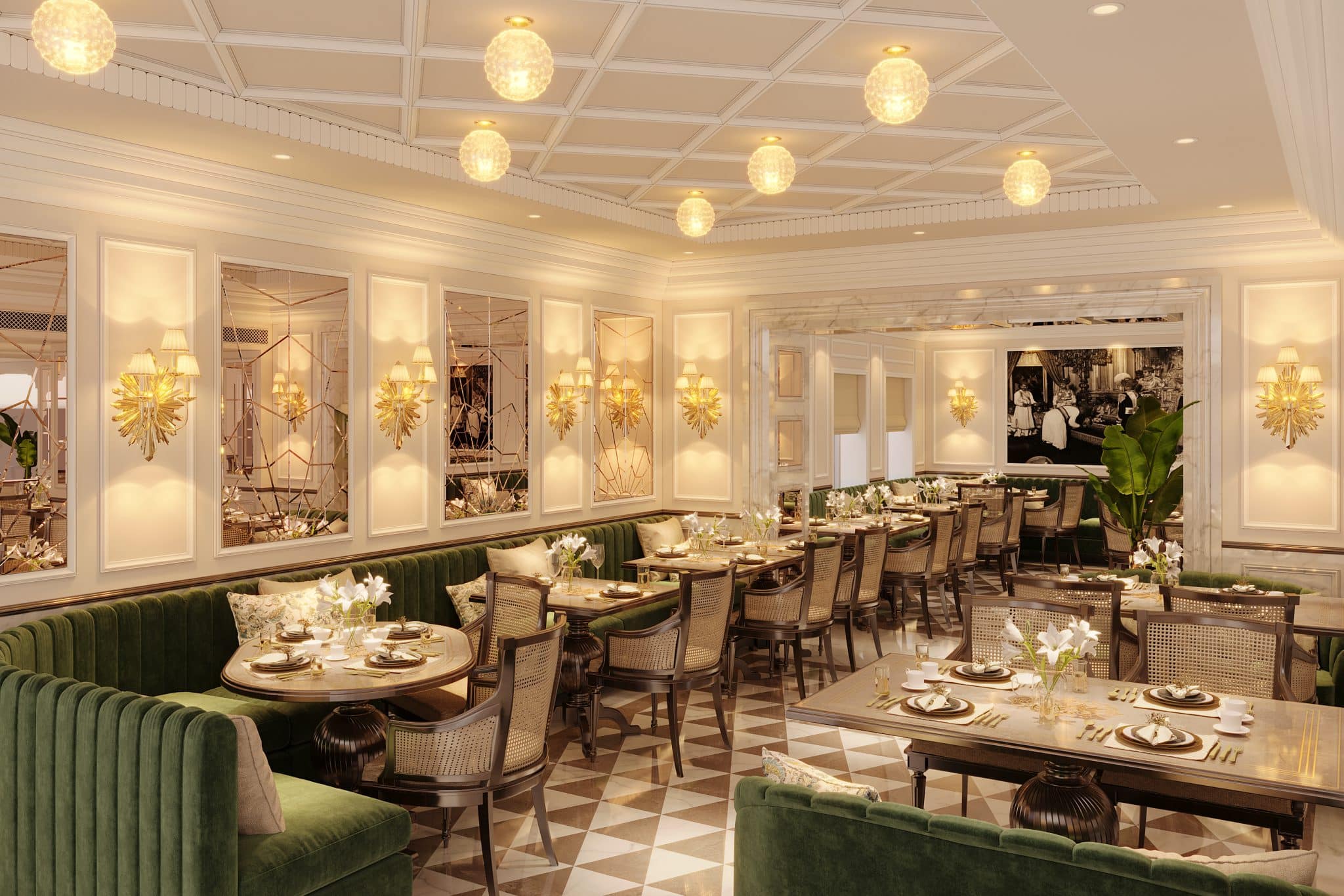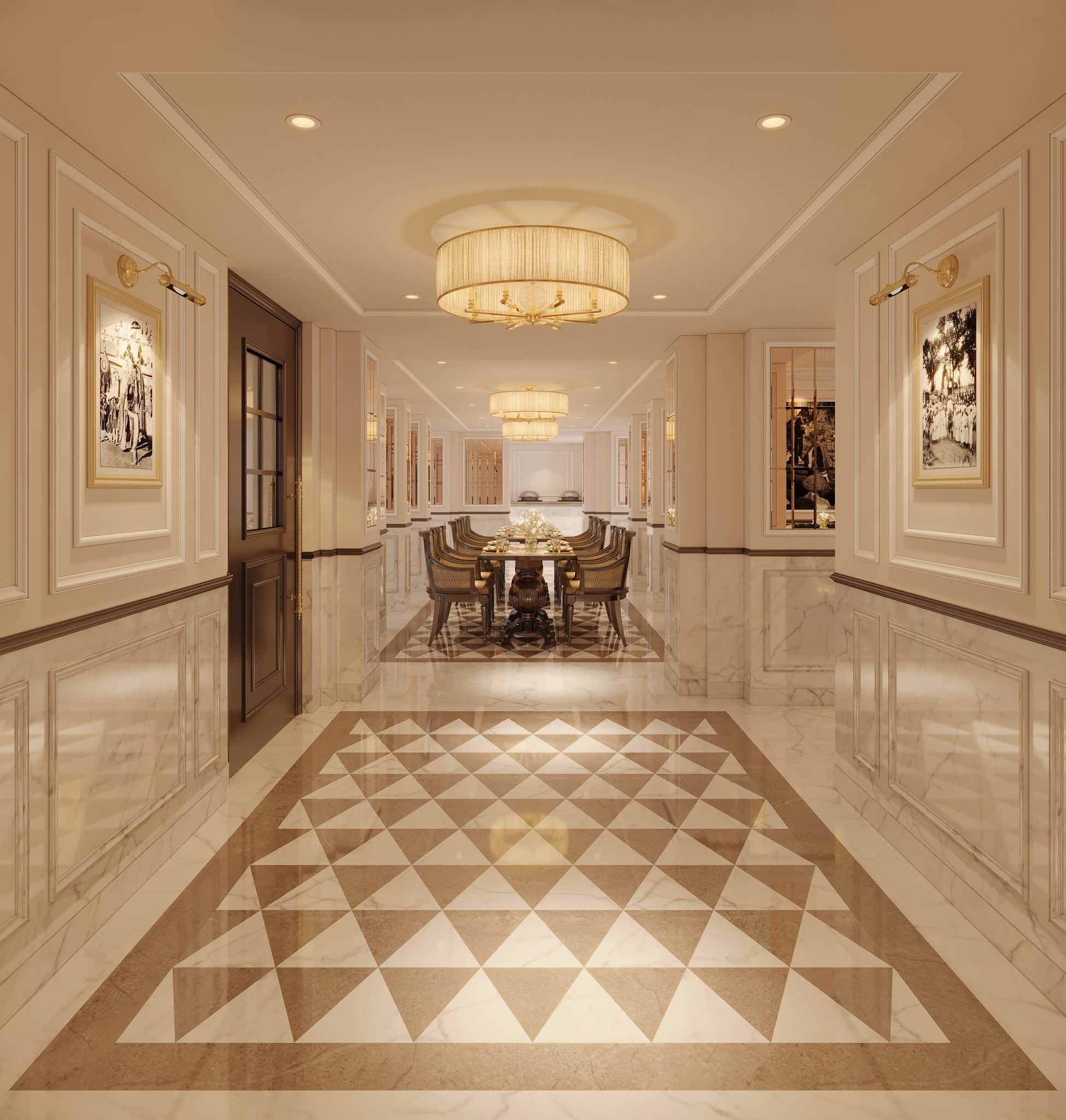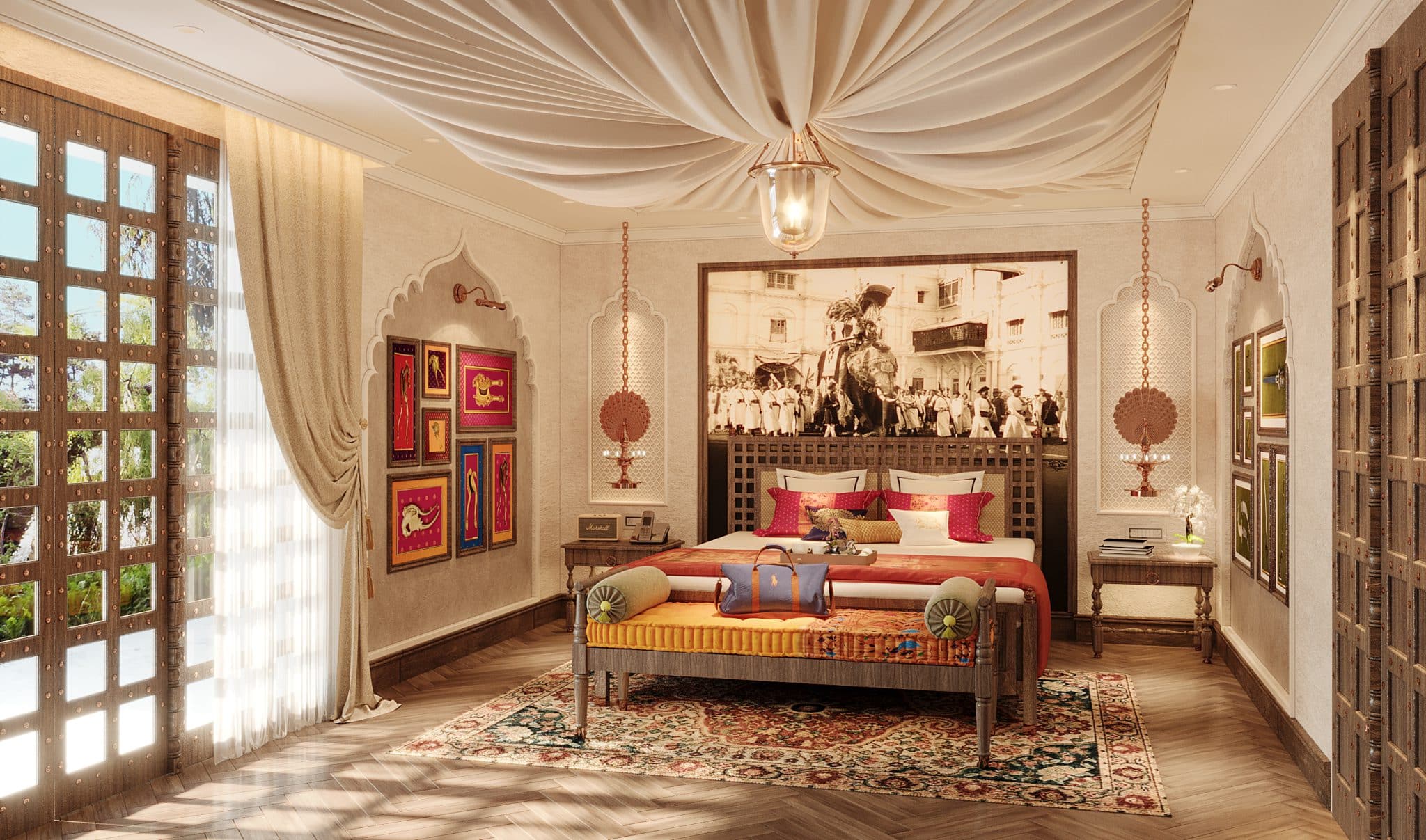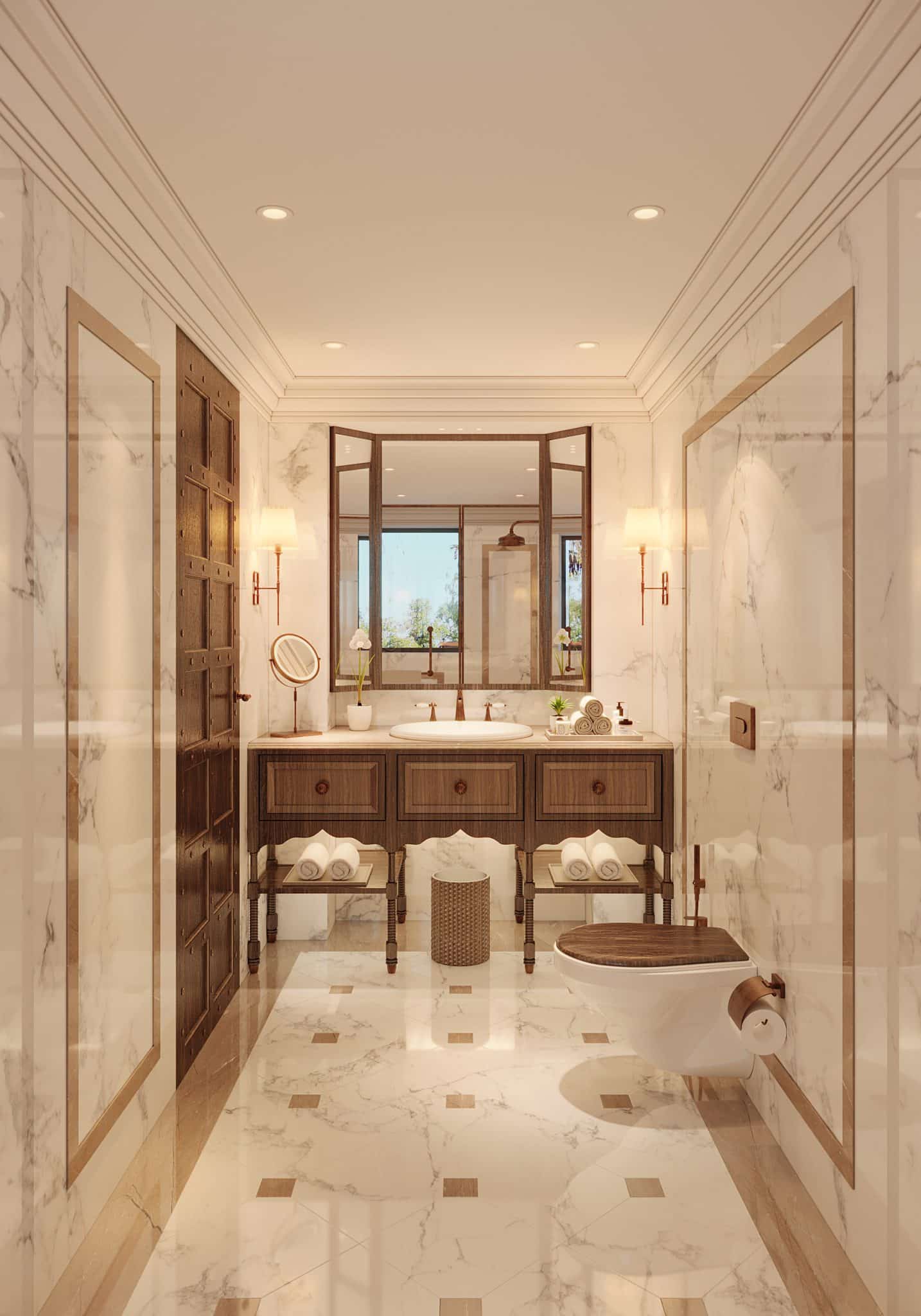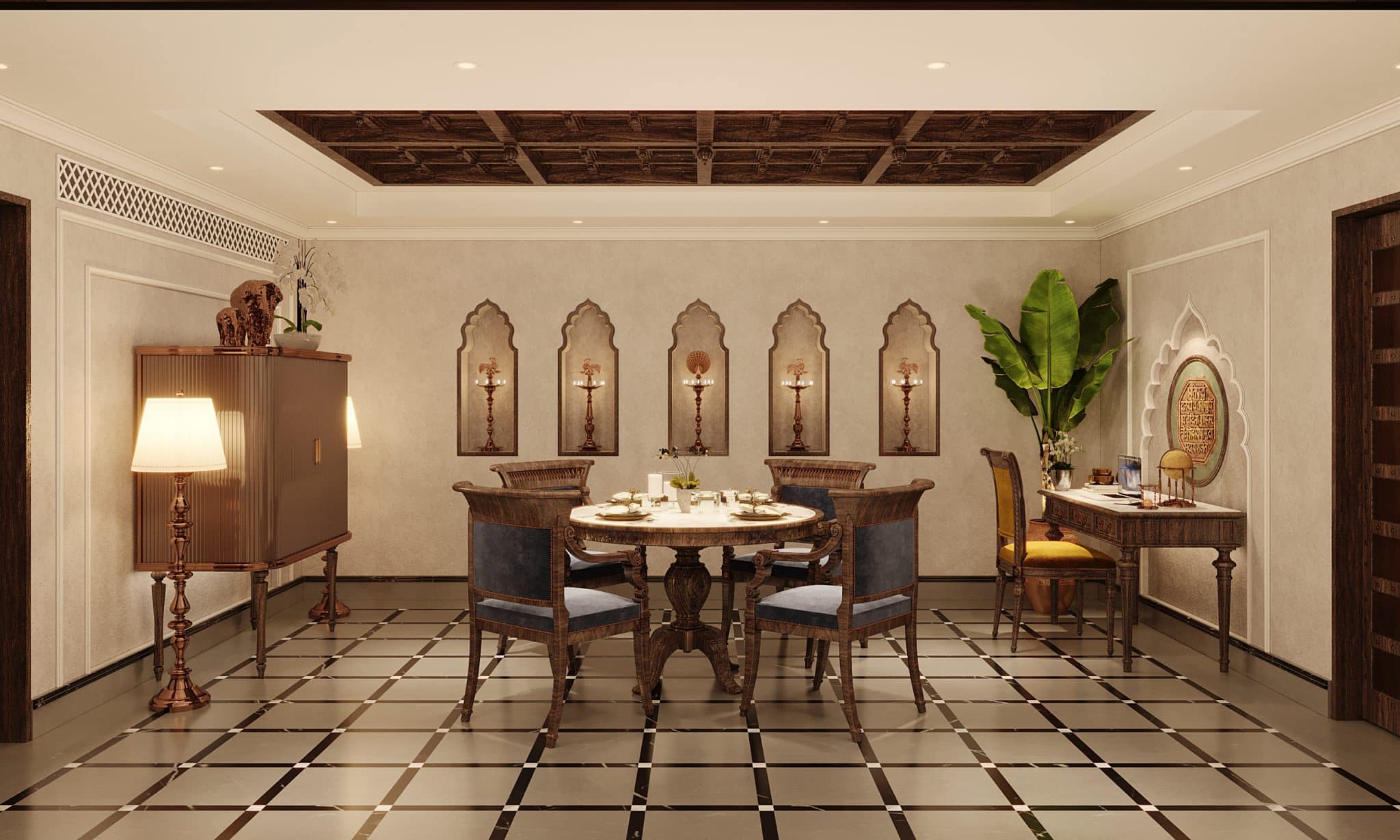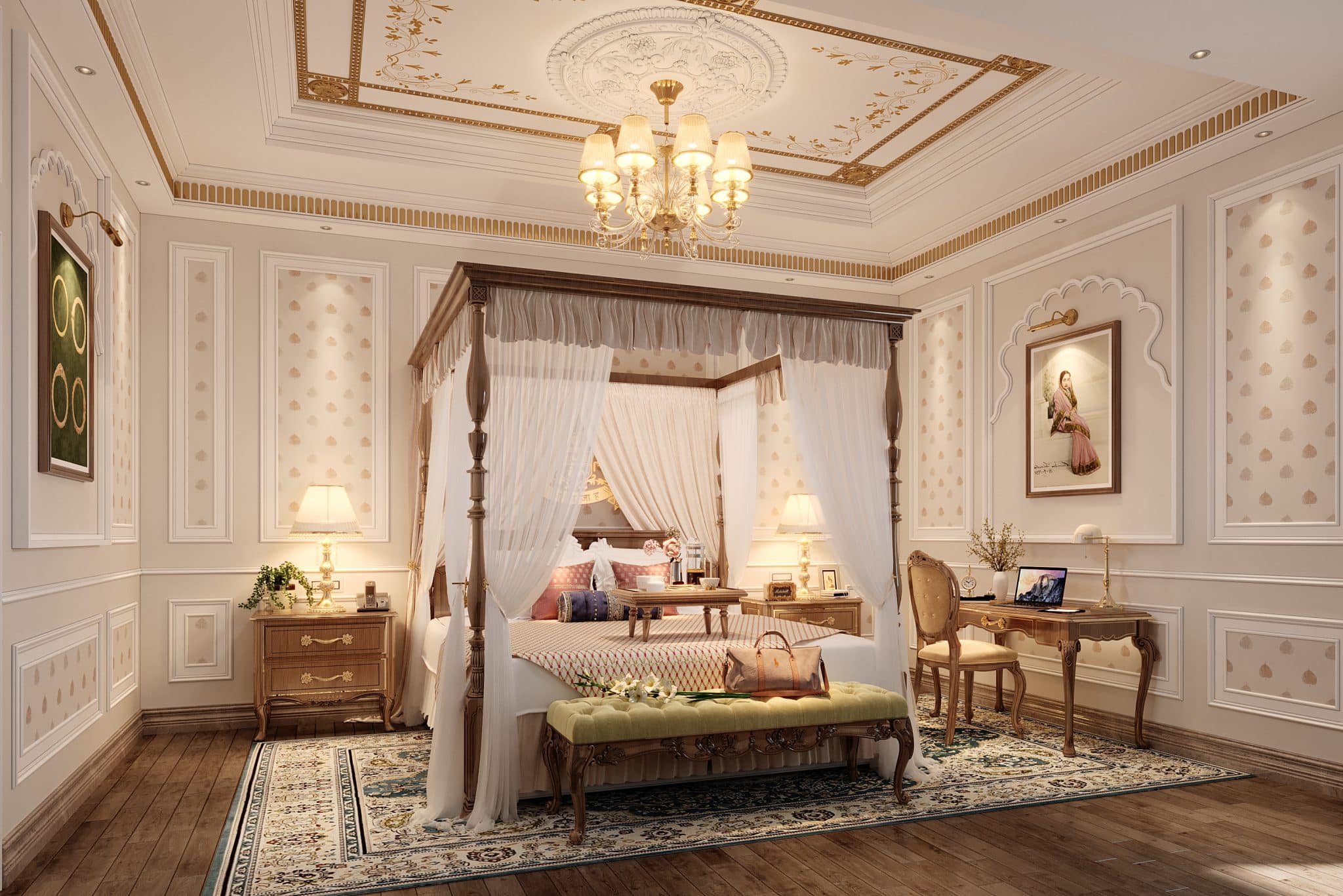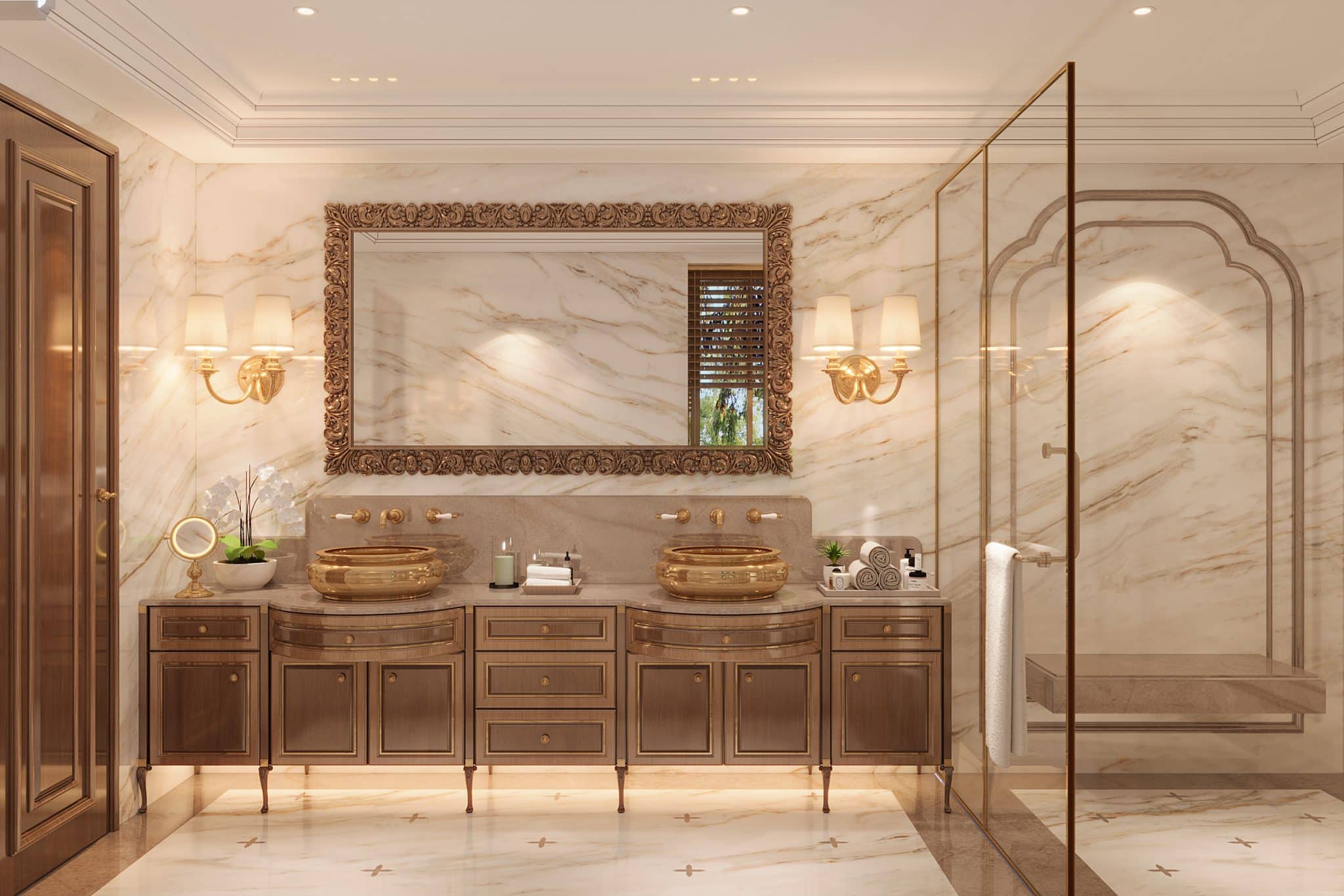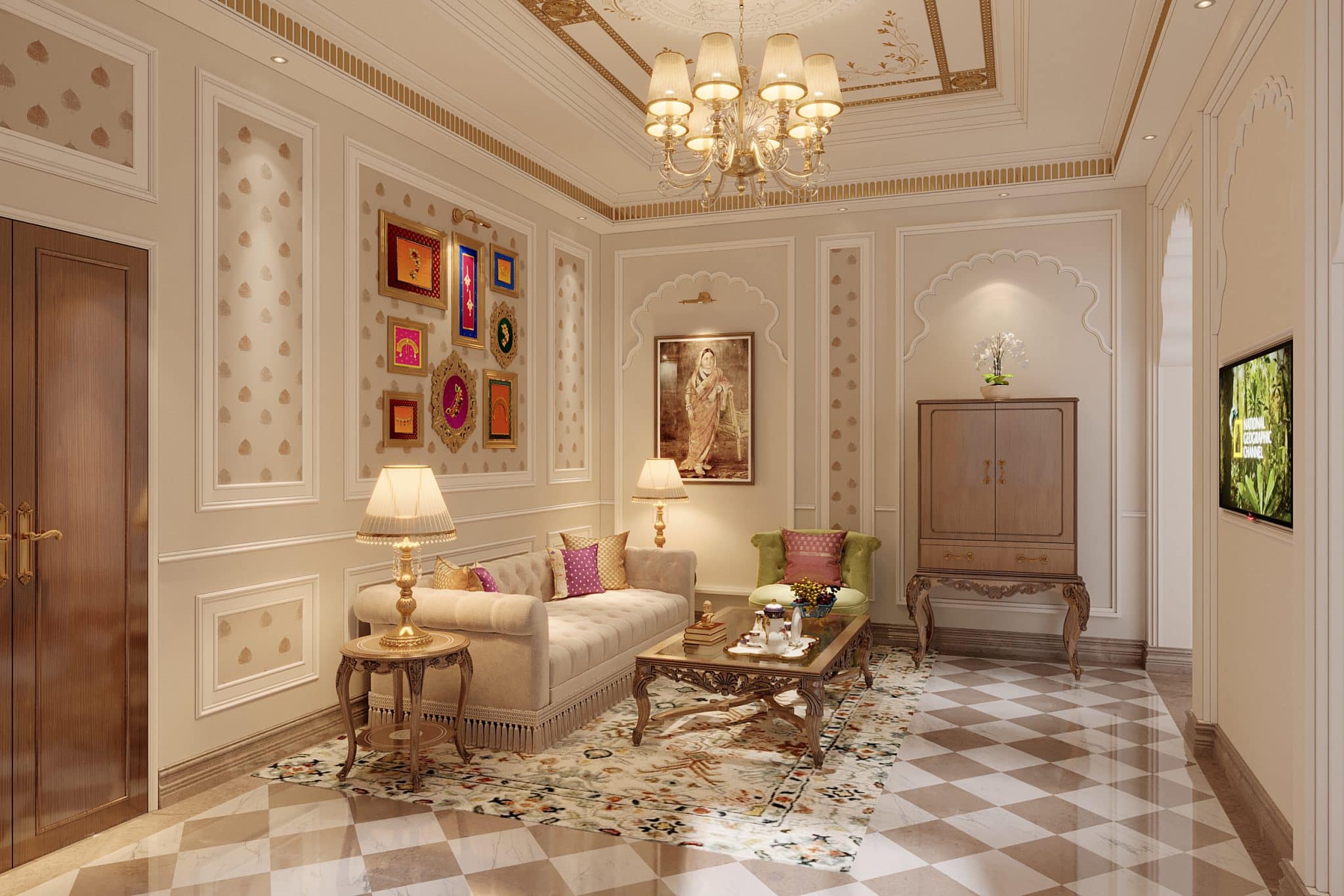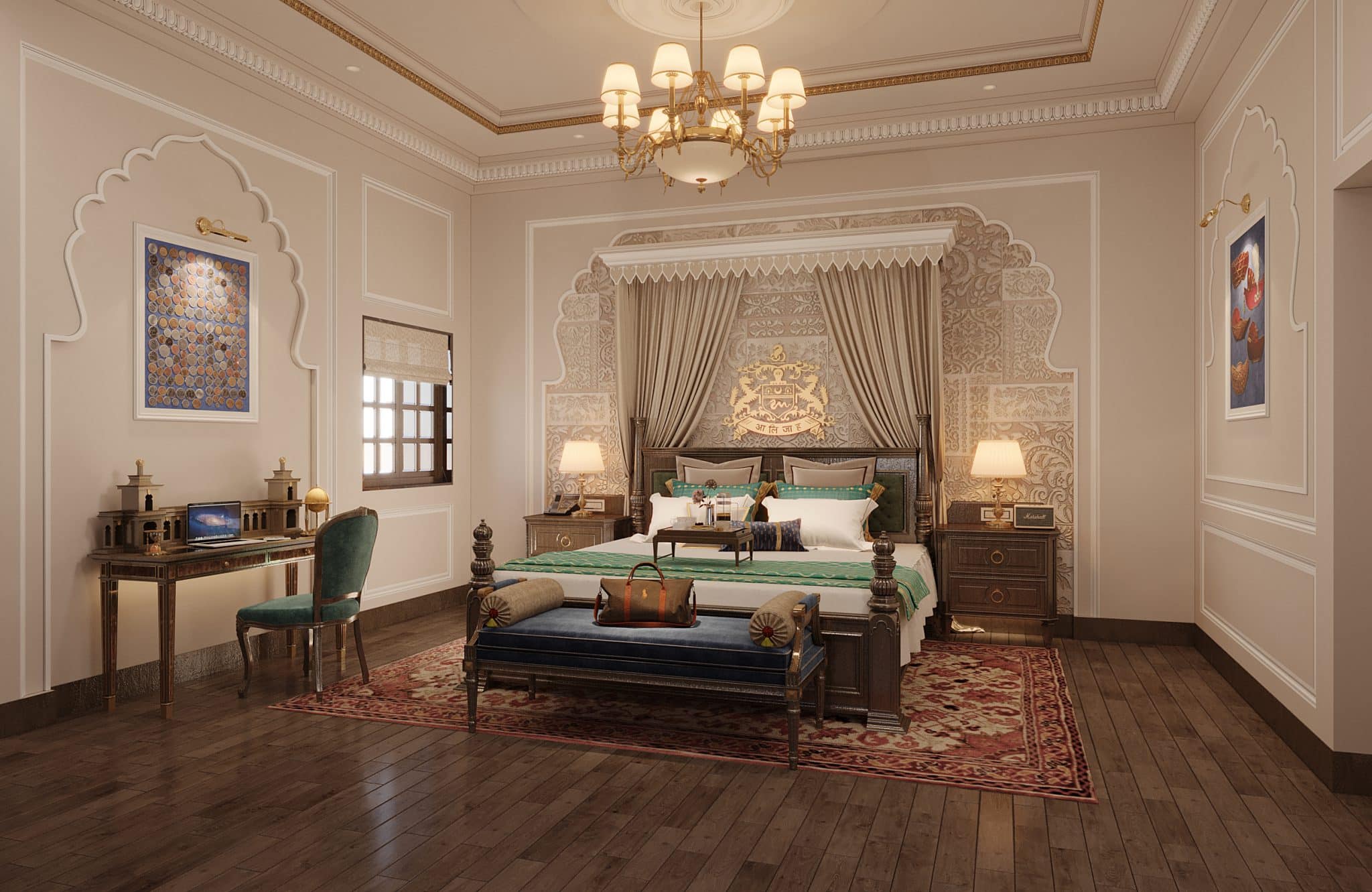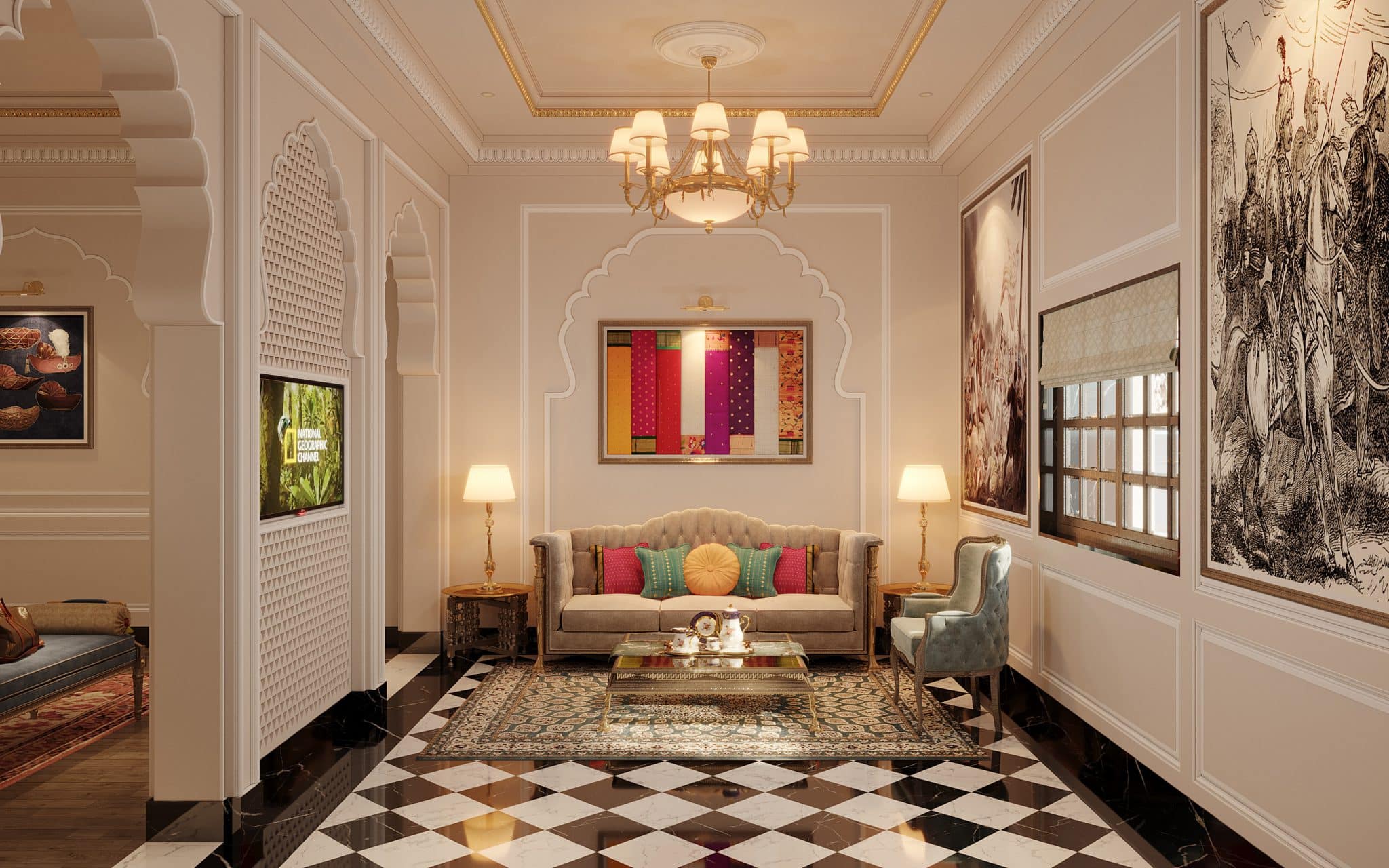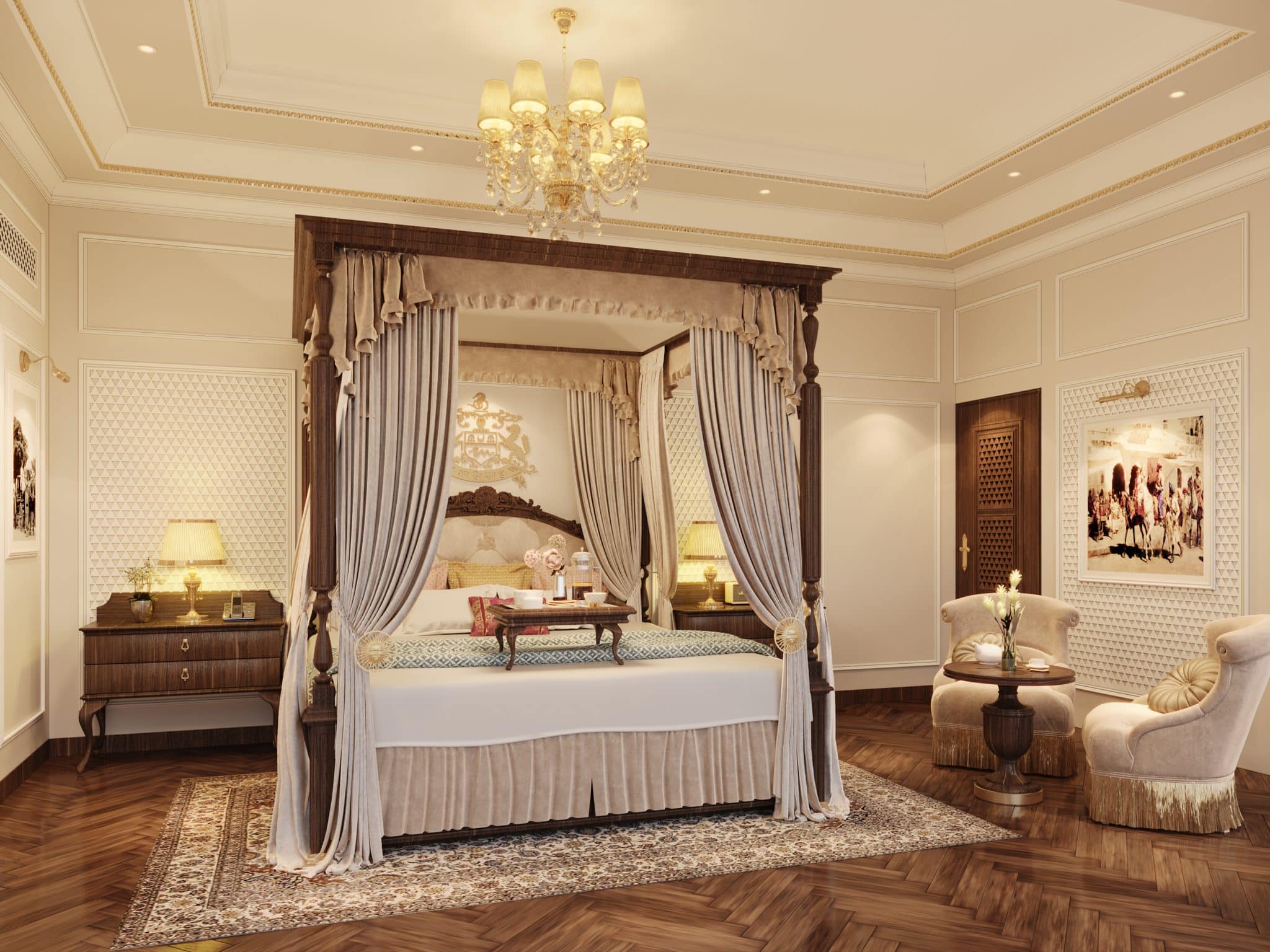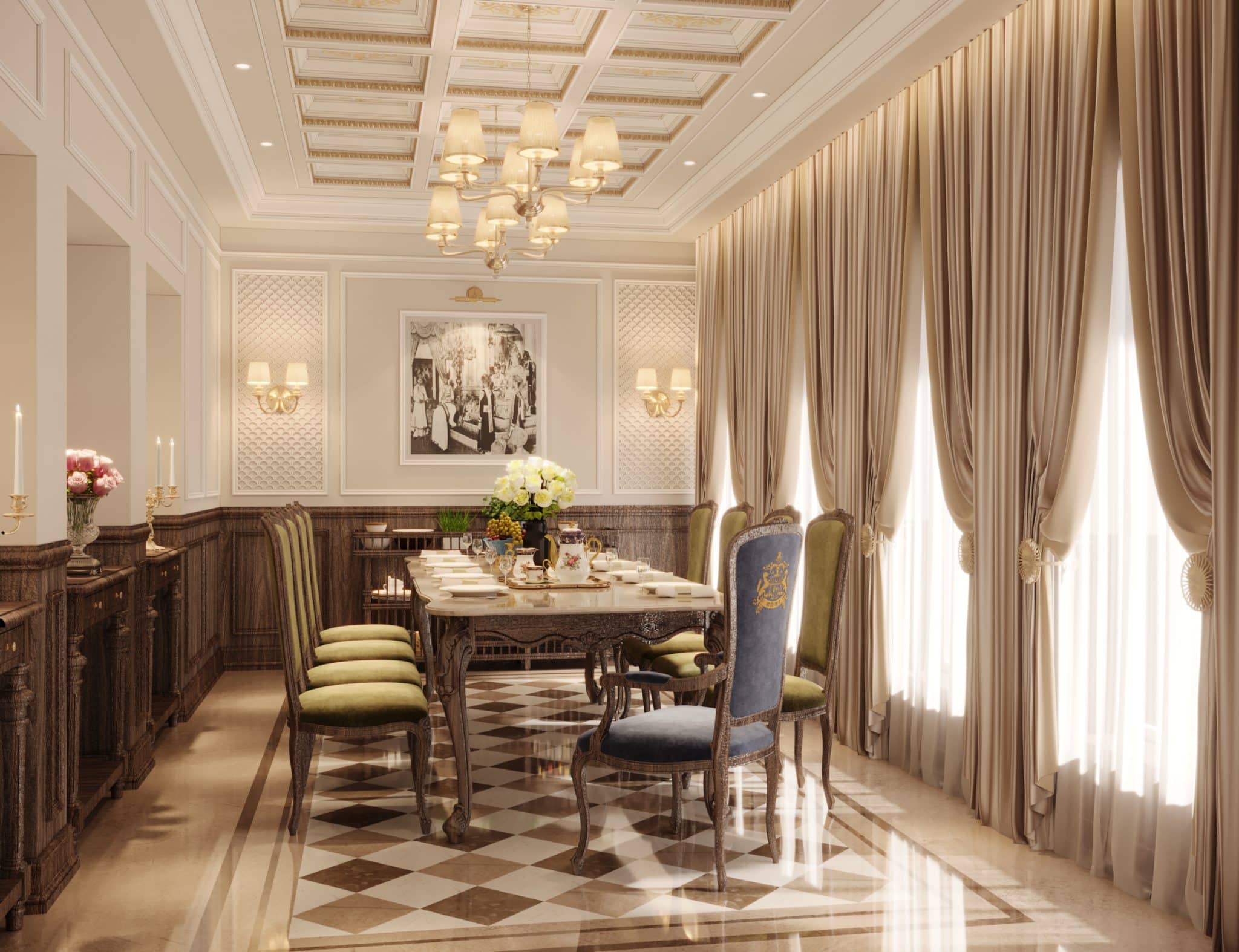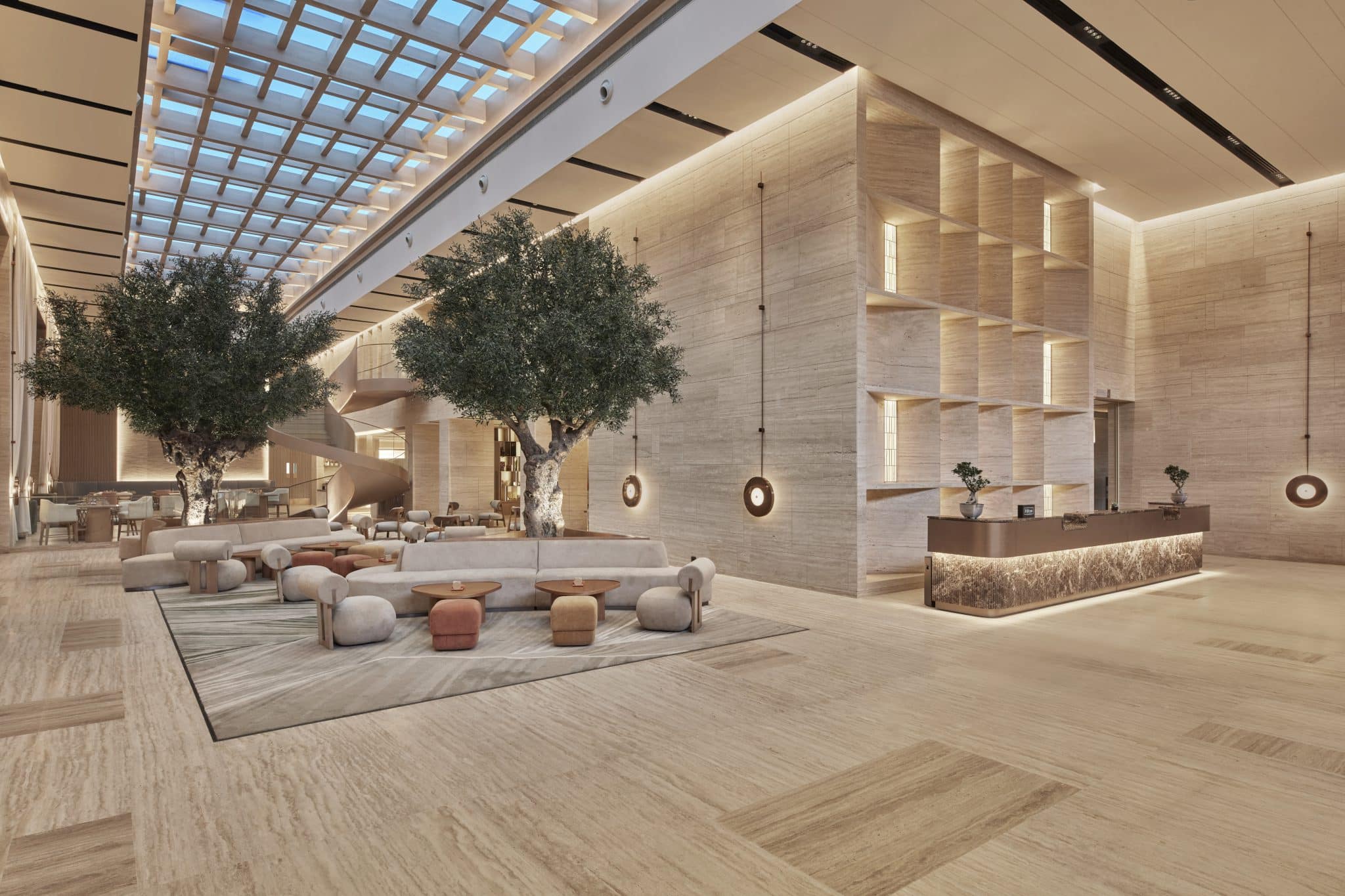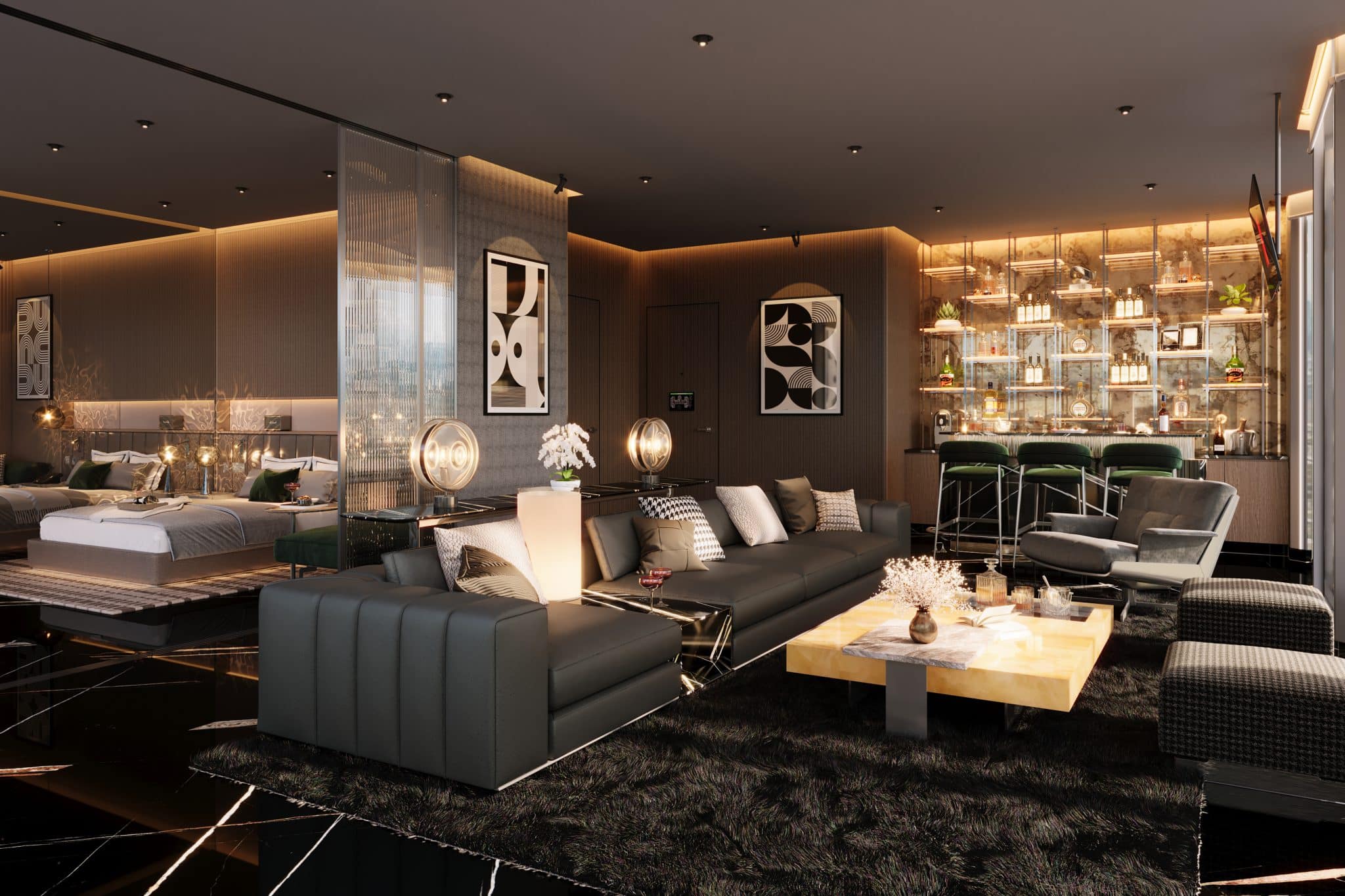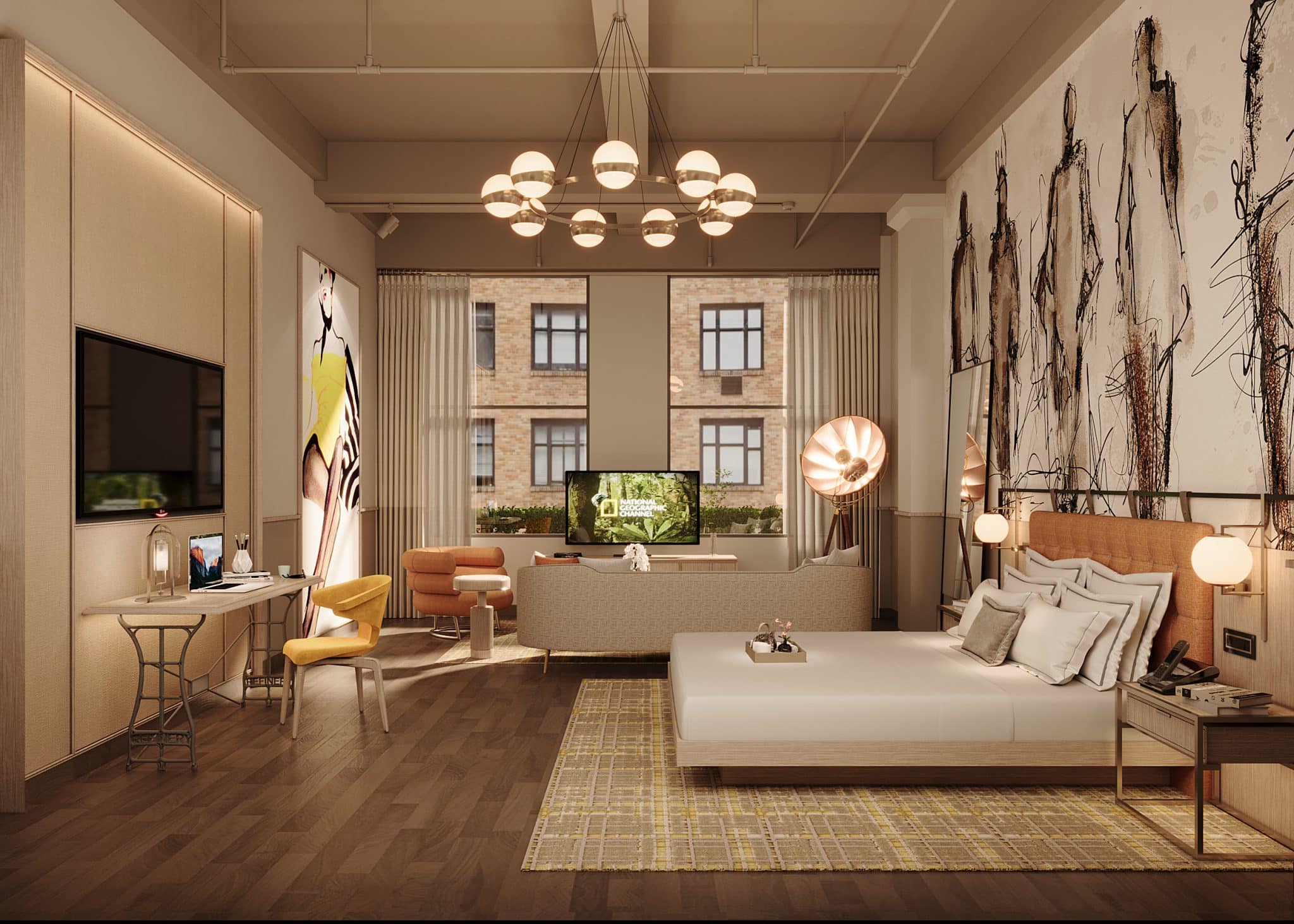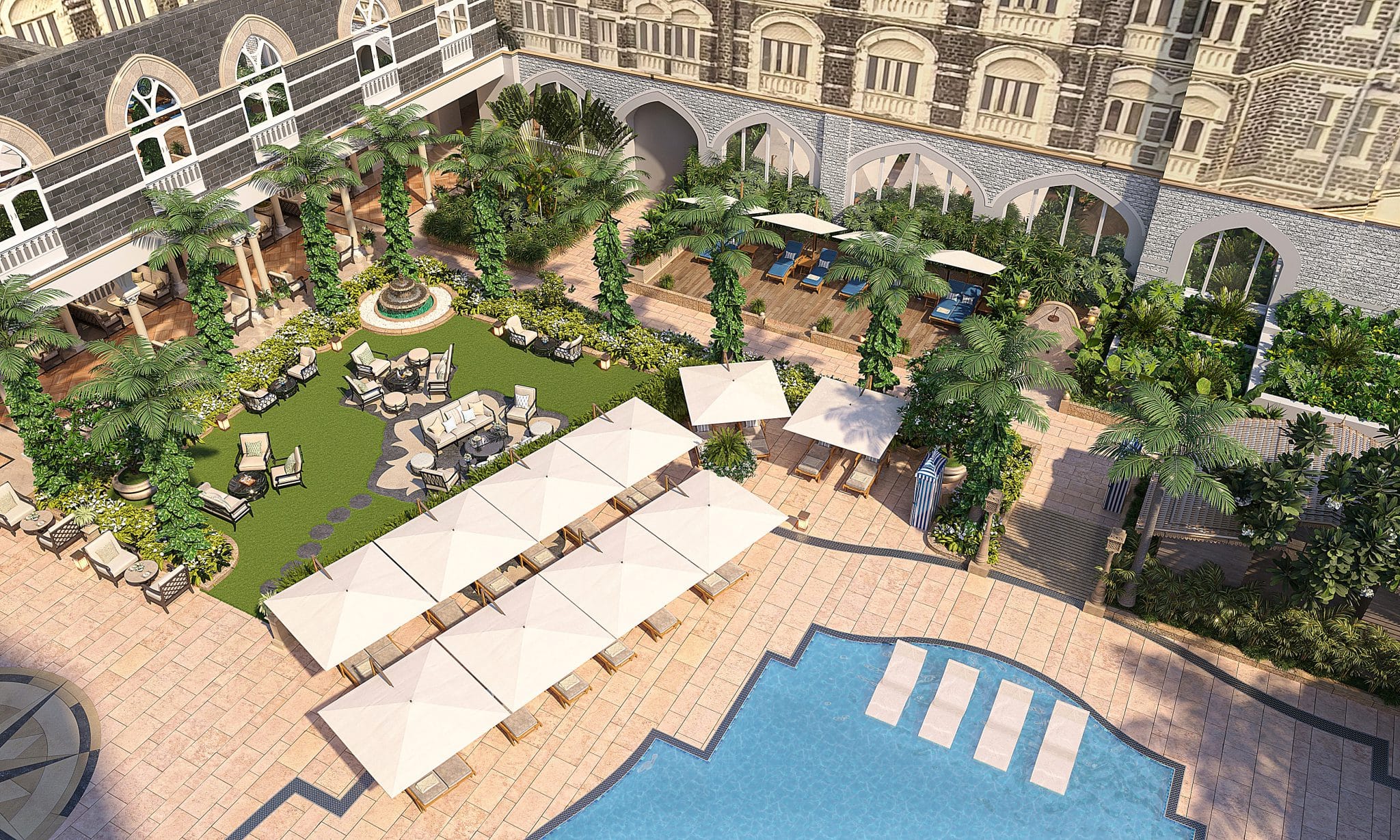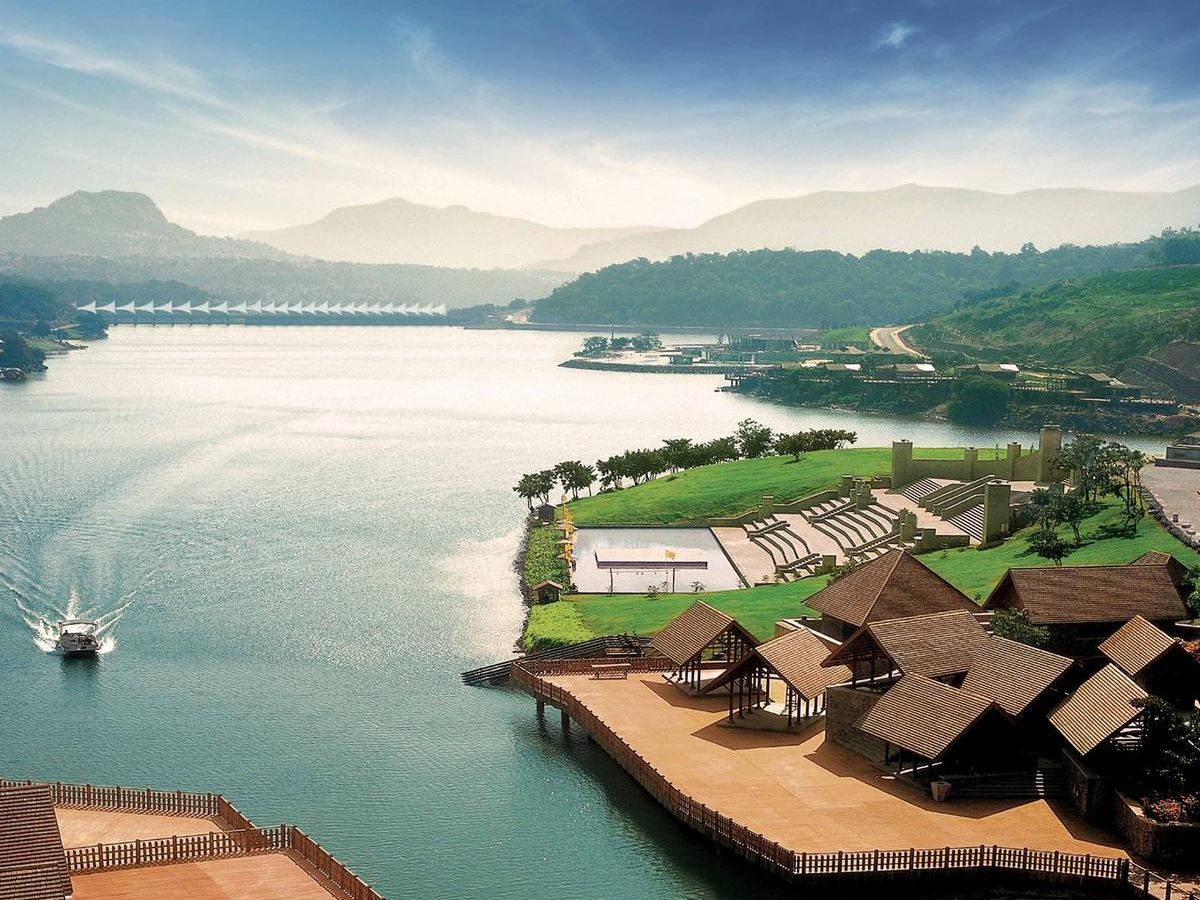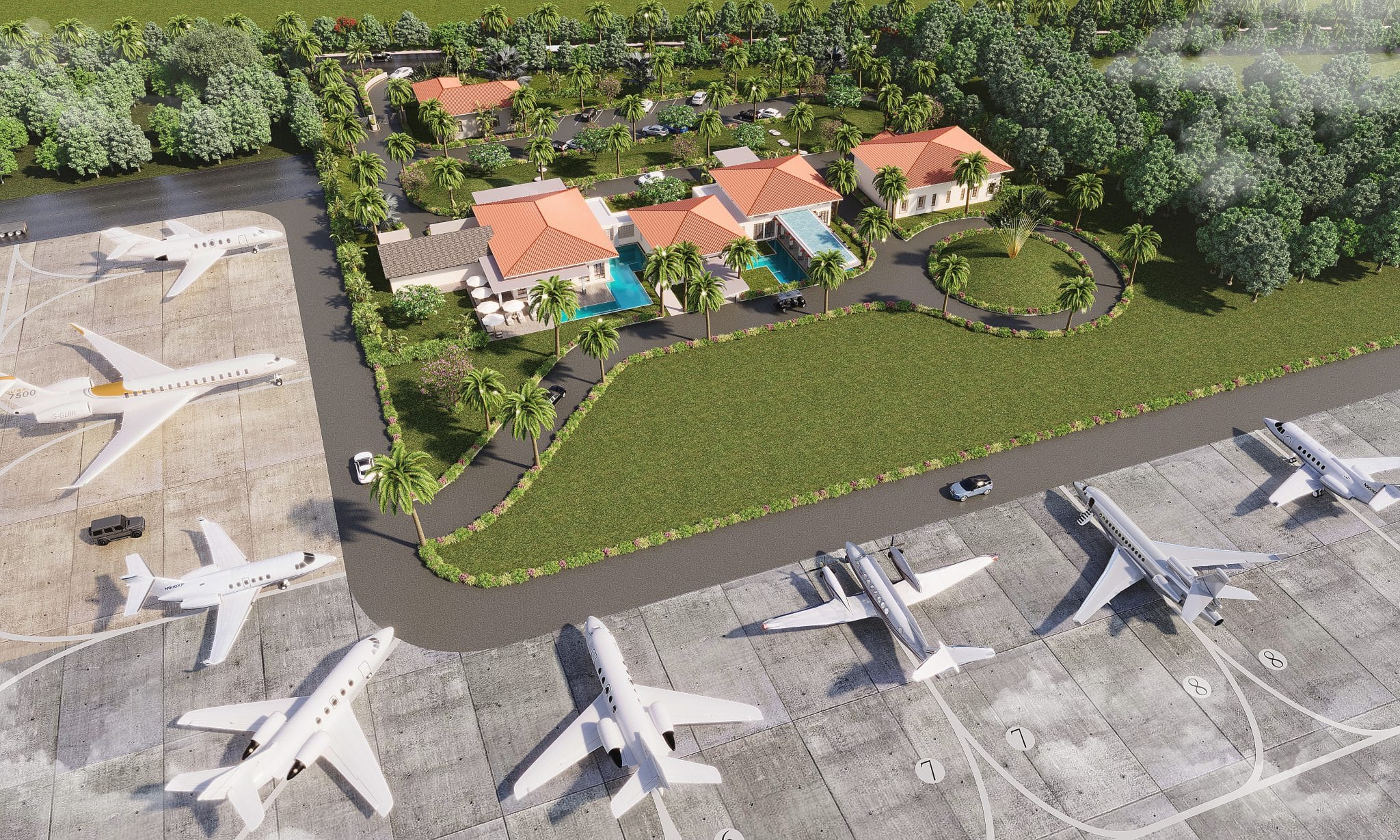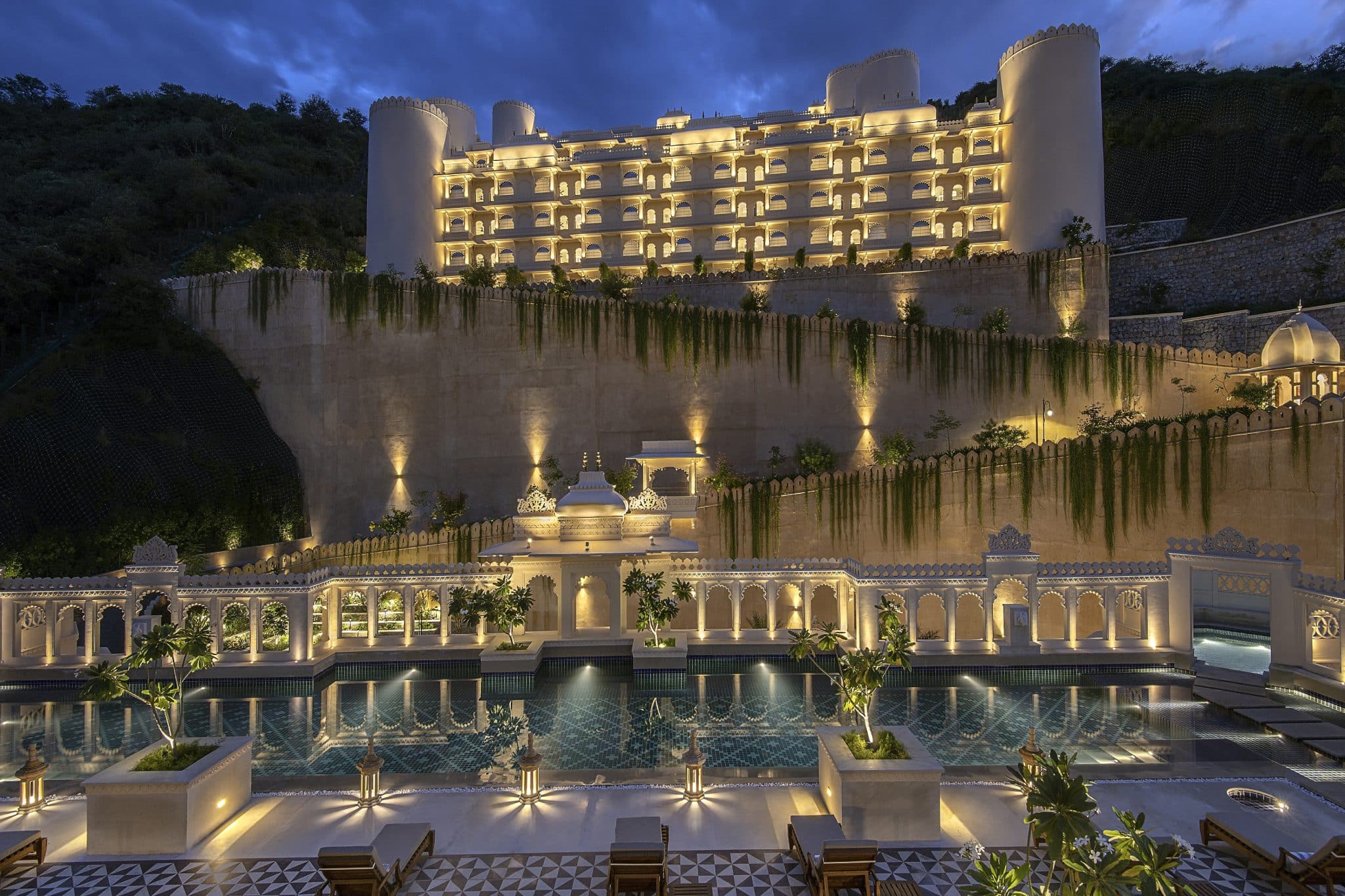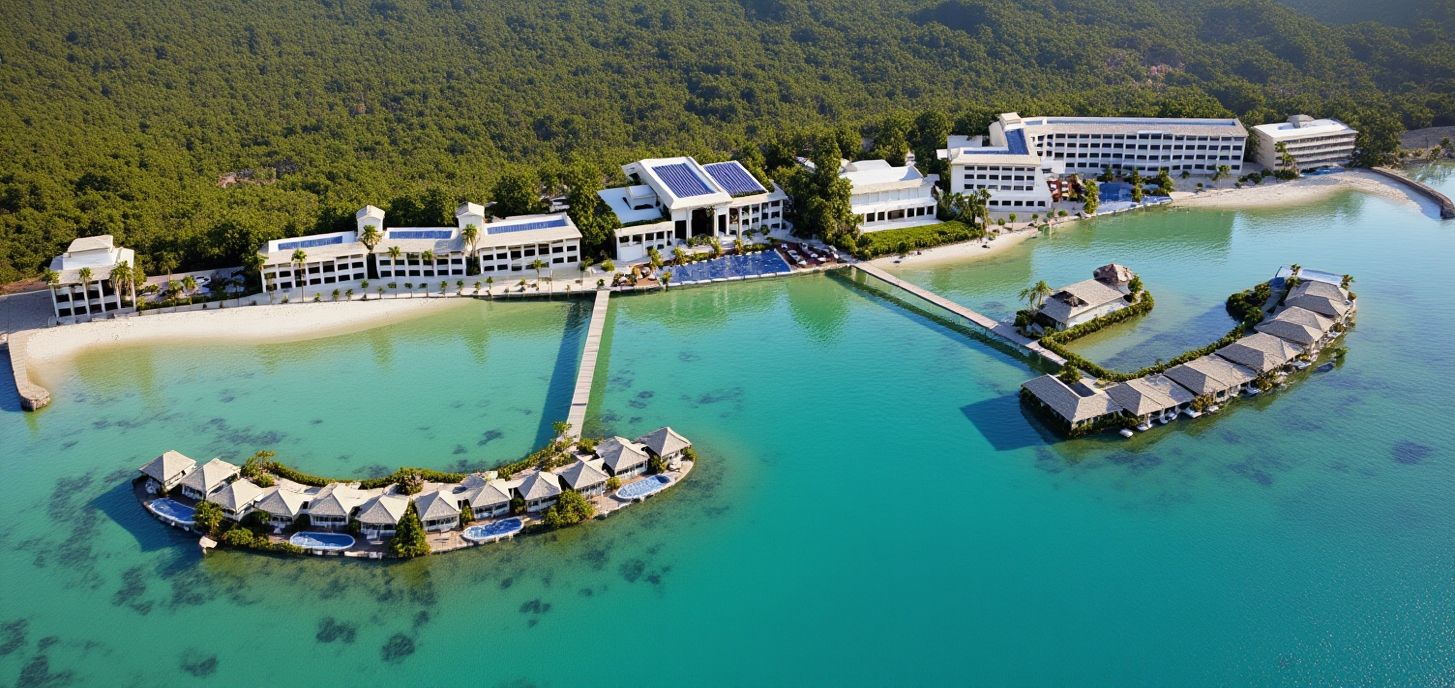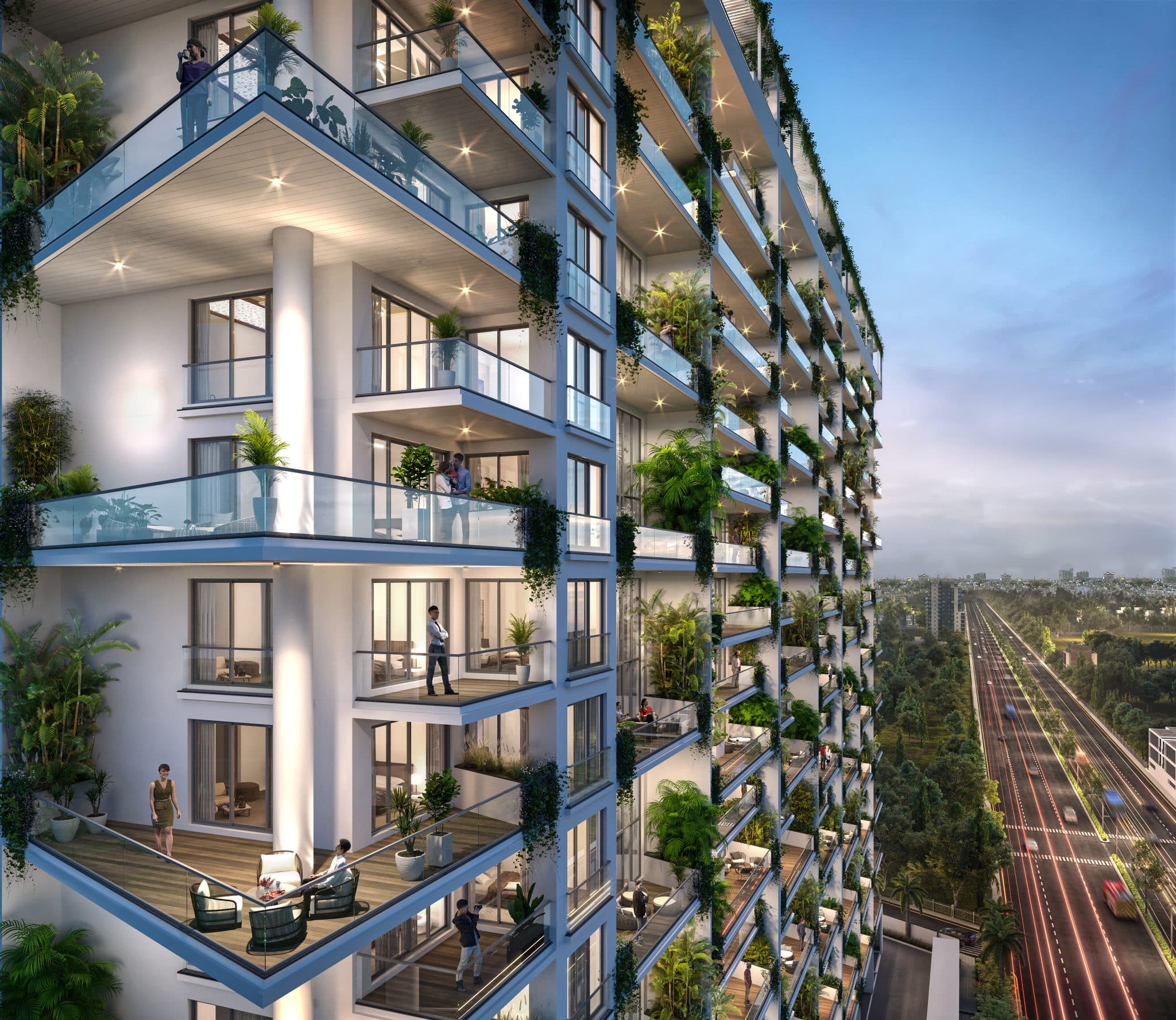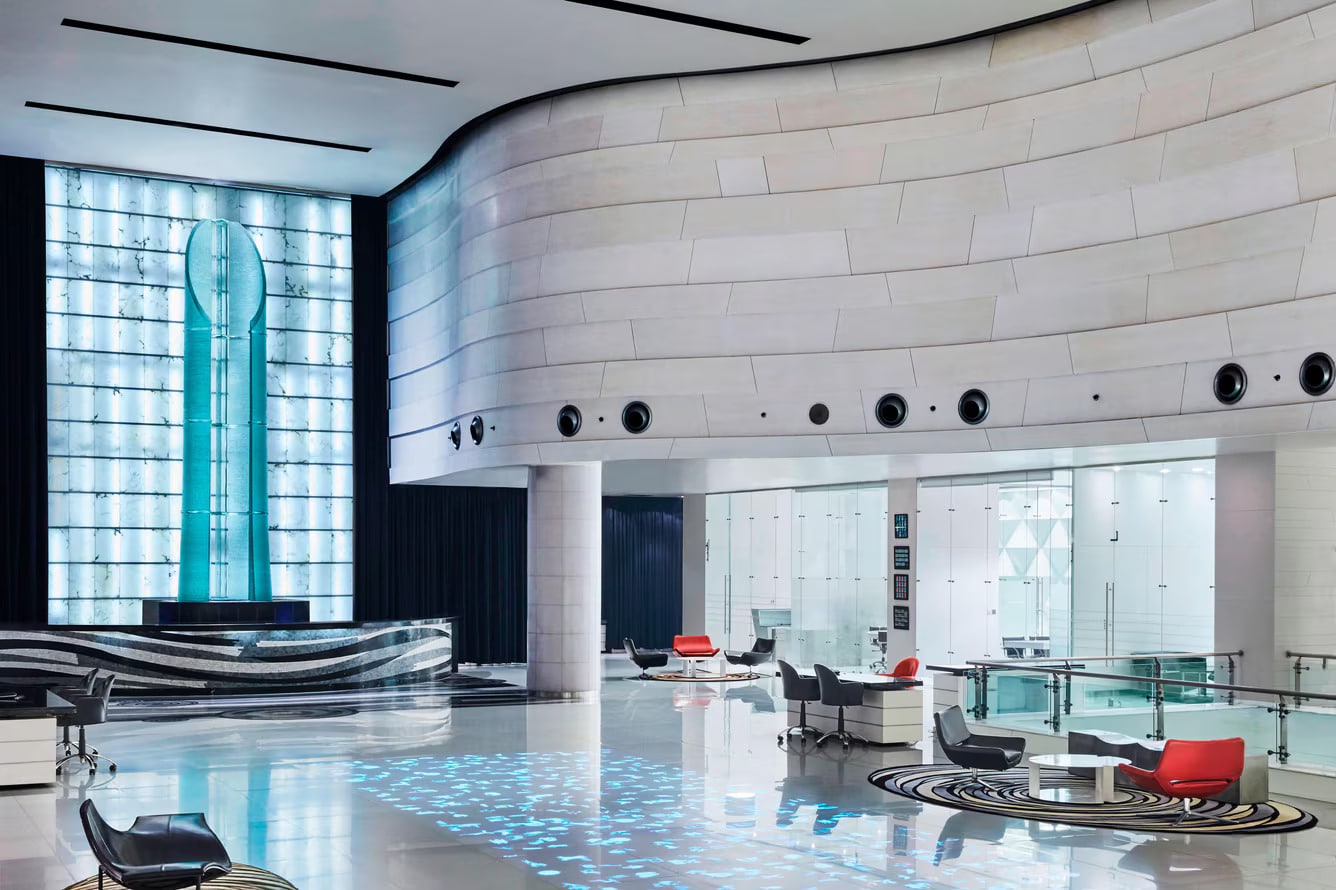This property now joins a major hotel chain's exclusive palace portfolio. Bobby Mukherrji Architects secured the prestigious heritage hotel renovation of the Scindia dynasty's former guest residence, a 120-year-old royal building. The design process drew deep inspiration from the austerity of the Maratha lifestyle, the impactful Gwalior queens, and the blend of Gwalior architecture with the Art Deco style .
The complex rejuvenation enhanced the space through the expertise of stone-work and metal artisans, yielding stunning spatial entities including new guest rooms, luxury suites, an impressive ballroom, and a dedicated all-day dining area. The fundamental Gwalior style, which fuses Rajasthani Haveli and Mughal architecture, is visibly celebrated through the introduction of multifoil arches and geometric jaalis. Original Art Deco motifs, previously scattered throughout the palace, were carefully restored and now appear as design leitmotifs in newer spaces. The symbolic sunburst pattern is a key highlight, executed in cut, bevelled mirrors and antique-finish metal light fixtures within common areas, particularly the grand ballroom.
The luxury suites offer unique narratives. The Maratha Suite honors Chhatrapati Shivaji Maharaj with an understated room featuring intricate patterns of local Kota stone and bespoke elements, such as light fixtures inspired by traditional oil lamps. The Presidential Suite, similarly richly appointed, enjoys expansive scenic views of the Gwalior Fort. Classic, regal bed designs, including four-posters, grace various rooms. Key architectural elements are celebrated: the majestic double staircase connects the lawns to the ballroom, and a colonnaded courtyard now offers elegant al-fresco dining, completing the luxury palace experience.
